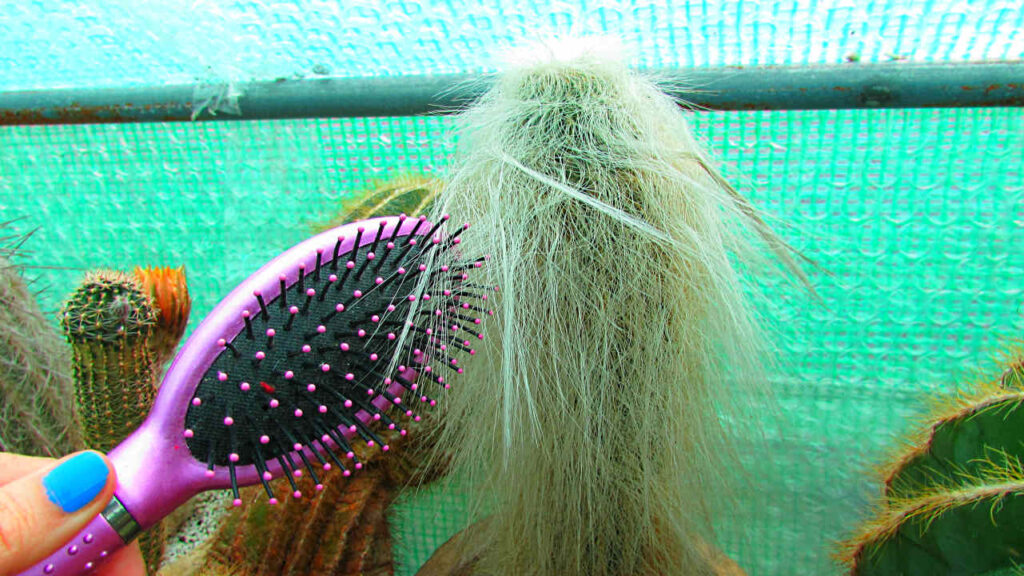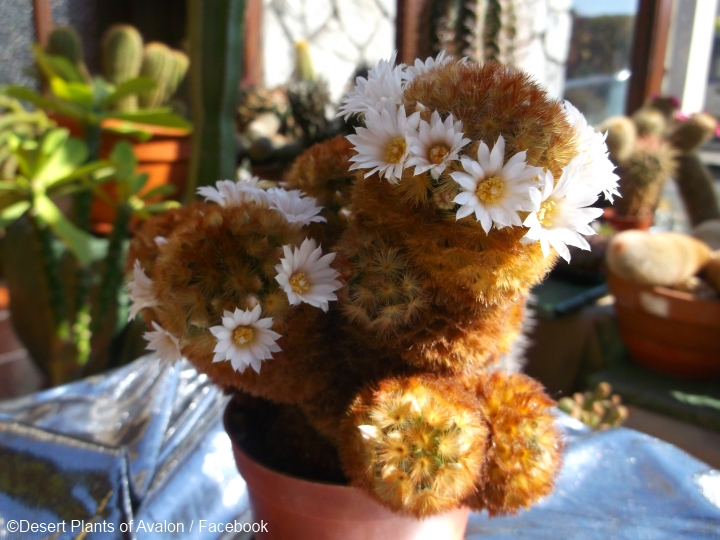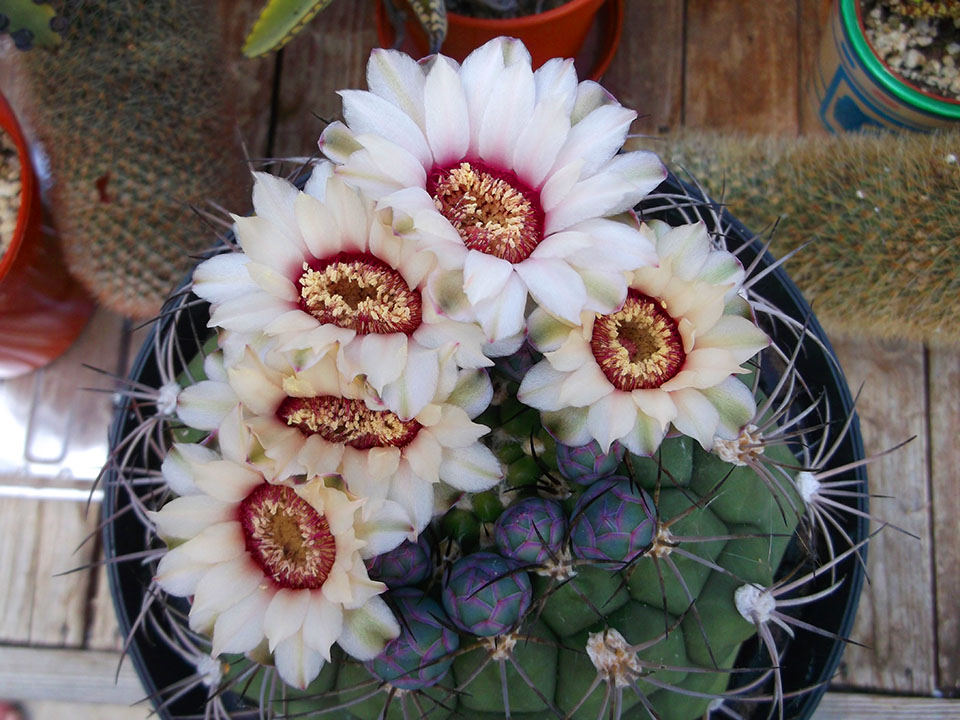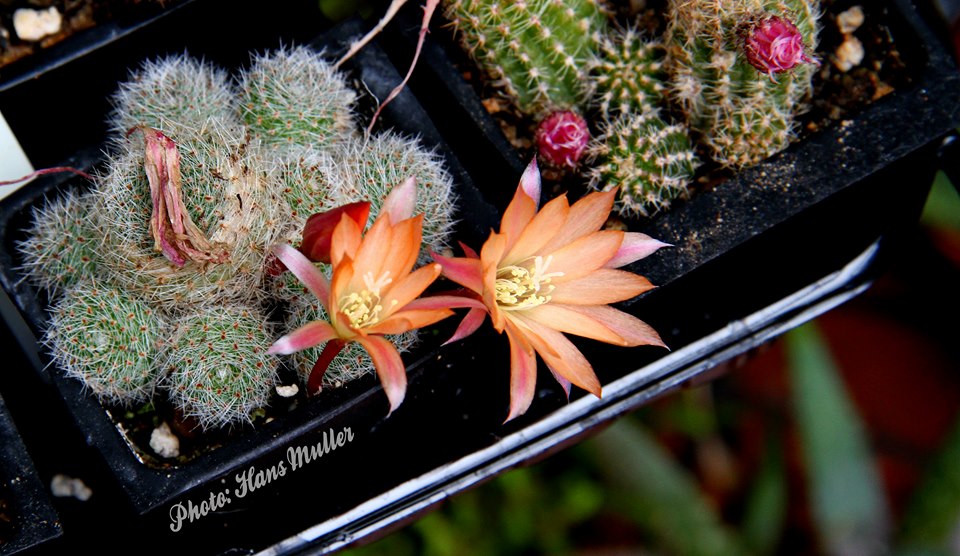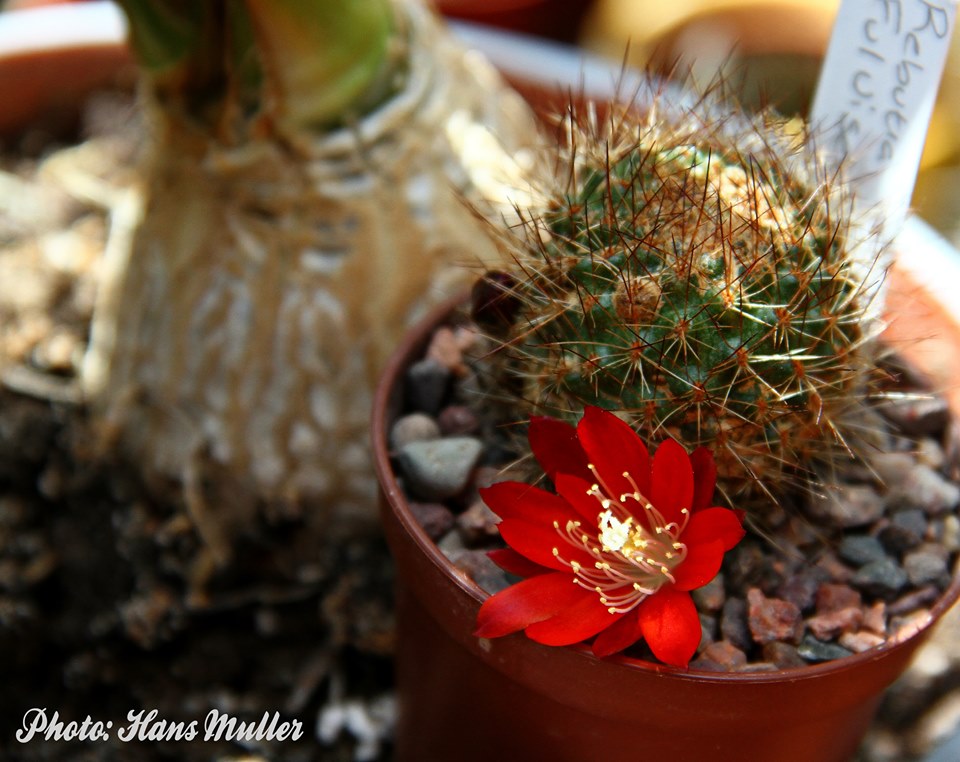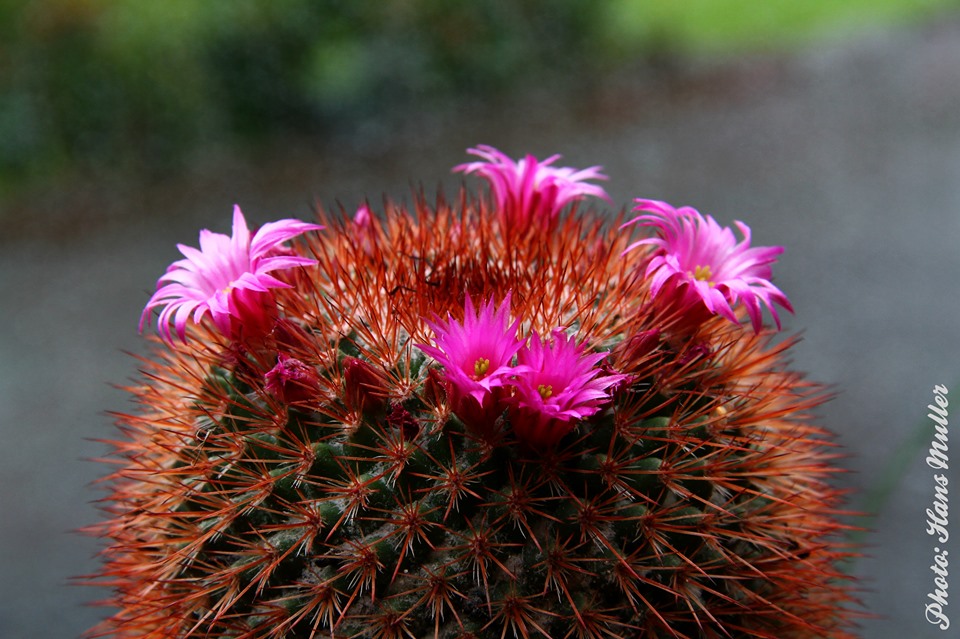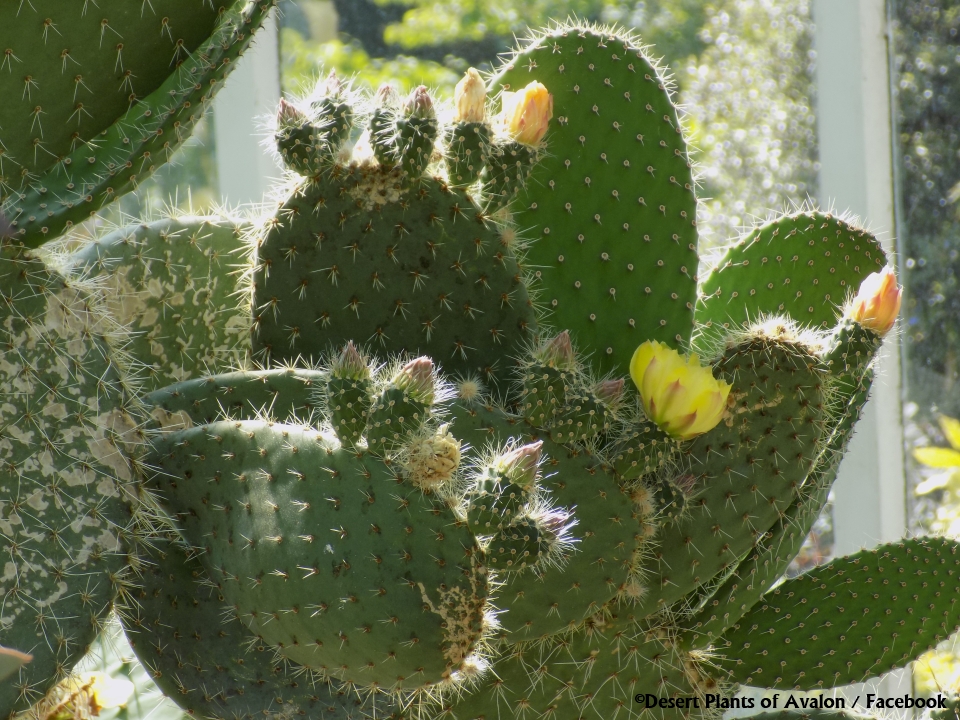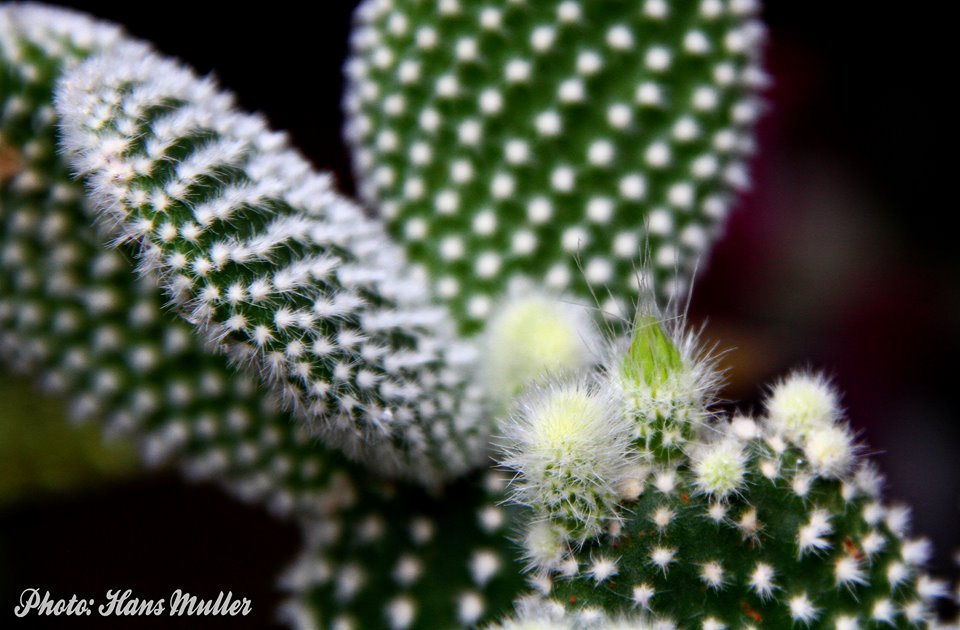Hi Guys 😀
In todays article I am going to be talking about the hairy cacti and why do some Cacti have Hair ?
I have also made a very special video for my You Tube Channel called Desert Plants of Avalon on ‘Why do some Cacti have Hair ?’ and you can watch this video below or by clicking HERE:
We have all seen those hairy cacti that are often seen in Cactus growers collections and often sold for sale at most Cactus nurseries and garden shops, these hairy and wacky looking cactus plants are often called ‘old Man’ or ‘old Lady Cactus’ and you have one or two or more of these hairy cactus plants already in your collection, but have you ever wondered why these cactus plants have hair ? and why do only some cacti have hair and not the others ?
Well in this article I will be explaining the reasons why, but first I am going to mention the most common types of Cacti that you often see that are ‘Hairy’.
1, ESPOSTOA

Espostoa are a genus of columnar cacti and there is 16 different types if species that in their natural habitats come from the Andes of southern Ecuador and Peru. Espostoa grows at an altitude of between 800m and 2500m. The genus is named after Nicolas E. Esposto, a renowned botanist from Lim.
2, CEPHALOCEREUS

Cephalocereus are a genus of columnar cacti of which there is said to be over 100 different species but only 5 are accepted. Cephalocereus are native to central and southern Mexico, in its natural habitat it is threatened by extinction but is a very common cactus in cultivation. The genus comes from the Greek word “kephale” meaning “head”and the Latin word”cereus”meaning “wax taper (a candle) or torch
3, OREOCEREUS

Oreocereus are a genus of columnar cacti from high altitudes of the Andes in south America. This cactus is most commonly known as ‘The Old Man of the Andes’. The name Oreocereus means “mountain cereus”, formed from the Greek prefix oreo- and the New Latin ‘cereus’ meaning wax taper ( a candle) or torch.
4, CLEISTOCACTUS ( most )


Cleistocactus are mostly columnar Cacti native to the mountainous regions of South America. Although most Cleistocactus are columnar growers some Cleistocactus will be ‘hairy’ such as Cleistocactus colademononsis and Cleistocactus winterii these Cleistocacti are trailing cacti. Clesitocactus are found in Uruguay, Bolivia, Argentina, and Peru. The name Cleistocactus comes from the Greek ‘kleistos’ meaning closed due to the tubular flowers that do not open up like other cactus flowers and instead remain thin and tubular to attract small humming birds as well as bees to pollinate the flowers.
5, MAMMILLARIA ( some but not all )
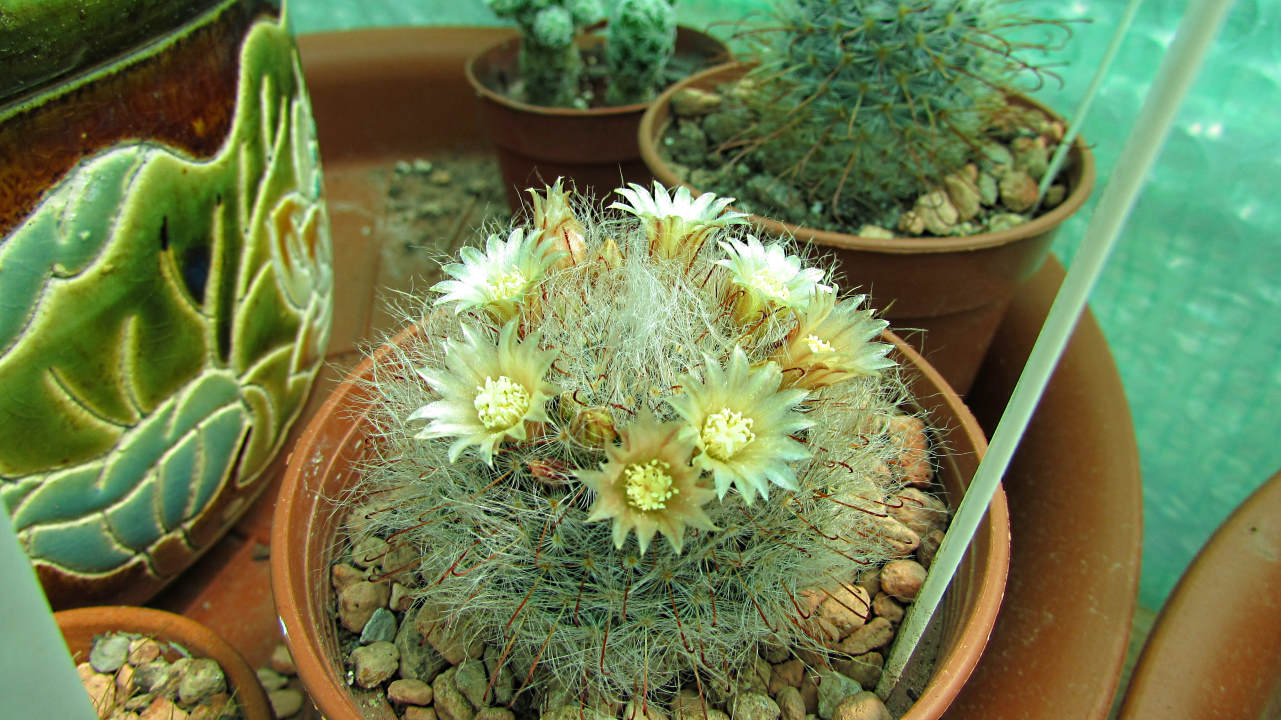

Mammillarias are small cacti often globular or short with cylindrical stems growing either soliatory or in clumps ( pups ) Some Mammillaria will be ‘hairy’ like the Mammillaria bocasana and Mammillaria glassii and Mammillaria Senilis. Mammillaria are the largest genus of the Cactus family, there are around 250 different species of Mammillarias that come from Mexico and in southwest USA. The name Mammillaria comes from Latin mammilla meaning “nipple”, referring to the tubercles that are a very distinctive feature of the genus.
So then Why Do Some Cacti have Hair ?
Cacti produce hair to protect themselves from the elements in their natural habitats, including the harsh intense suns rays and also to protect themselves from the cold nights that can sometimes drop to below freezing, the difference in cultivation is that these Cacti would not be exposed to such extreme temperature drops from over 100F during the day to below zero at night, well hopefully not in our homes and greenhouses anyway haha.
Cactus Plants that don’t produce hair or only produce very little hair are Cactus plants that can tolerate the harsh sunshine levels or they may grow naturally in their habitats surrounded and sheltered by vegetation that protect them.
Some cacti also produce hair to capture what little moisture and dew may be in the air especially in the early mornings, some Cacti can actually absorb water from the hair-like wool and needles.
There are some species of Cacti that don’t have hair on their plant bodies will produce hair when they are producing flower buds, Cactus varieties such as Echinopsis and Trichocereus will do this, they produce the hair on their buds to protect the developing bud from excess sun.
Other Cacti like Pilosocereus and other types of columnar Cacti from all over South America, develop the woolly/ hairy, “cephalium” when they have reached maturity to flower, they produce this woolly hair at the area where the Cactus is going to bloom, the ‘hairy’ cephalium helps to protect the developing buds from harsh intense sunshine.
There are also some other Genus of Cacti that produce white hair too such as some of the Opuntia ‘Prickly Pear Cacti like Opuntia Polyacantha erinacea


Is Cactus Hair really Hair ?
Cactus hair may look like hair and even feel like hair but is Cactus hair really hair ? well the answer to this is no, and that is because real hair as in Human and animal hair is made up of a protein called ‘Keratin’ and Cactus hair is actually modified spines that develop from a group of cells called ‘Spine Primordia’
But what if my Cactus isn’t meant to be hairy but has bits of white woolly hair on it ?
Now if you are sure that your cactus is not one of these ‘hairy’ ones then you may have a problem and thats because there is something else that can be mistaken for hair and that is the dreaded Mealy Bug ‘Beasties’, these pests will produce white woolly nests on your cactus plants and love to hide their woolly nests in between the spines and often on the areoles ( the area where spines emerge ) where they are very hide to see, if mealy bugs are the reason your none hairy cactus is suddenly getting ‘hairy’ then you will need to take immediate action and isolate the cactus/s from your other collection and remove any bugs and their woolly nests with rubbing alcohol and a brush and treat with either repeated weekly treatments with horticultural Neem oil mixed with a horticultural soap or use a Systemic insecticide for dealing with Mealy Bugs. If you have a greenhouse/polytunnel you can also use the predatory mite Ladybug called Cryptolaemus montrouzieri, but these predatory Ladybugs need a warm tropical temperature of at least 16c / 60F to reproduce, but these predatory Cryptolaemus montrouzieri Ladybugs can still be very effective against Mealy Bugs if they are used during the warm Summer months in a greenhouse /glasshouse /polytunnel. I have made a video on my Cactus and Succulent You Tube Channel called Desert Plants of Avalon on How to treat Mealy Bugs on Cactus, including a special video on ‘How to treat Mealy Bugs on very hairy and or spiny Cacti‘ and you can watch this video by clicking HERE:

I hope you enjoyed this Article on ‘Hairy Cactus plants’ and if you don’t have any hairy cacti in your collection then why not add one of these beauties to your collection.
If you want to have a look at the different types of ‘Hairy’ Cacti that I have in my Cactus Collection then please do check out the video below that I have made for my You Tube Channel called Desert Plants of Avalon.
If you have always wondered why Cacti have Spines ? then please do check out the video I have made for my You Tube Channel called Desert Plants of Avalon on ‘Why do Cacti have Spines ? ‘
For lots more Tips and Tricks on How you can care for and grow your Cacti and Succulents then please do check out my You Tube Channel called Desert Plants of Avalon and please do Subscribe 😀
